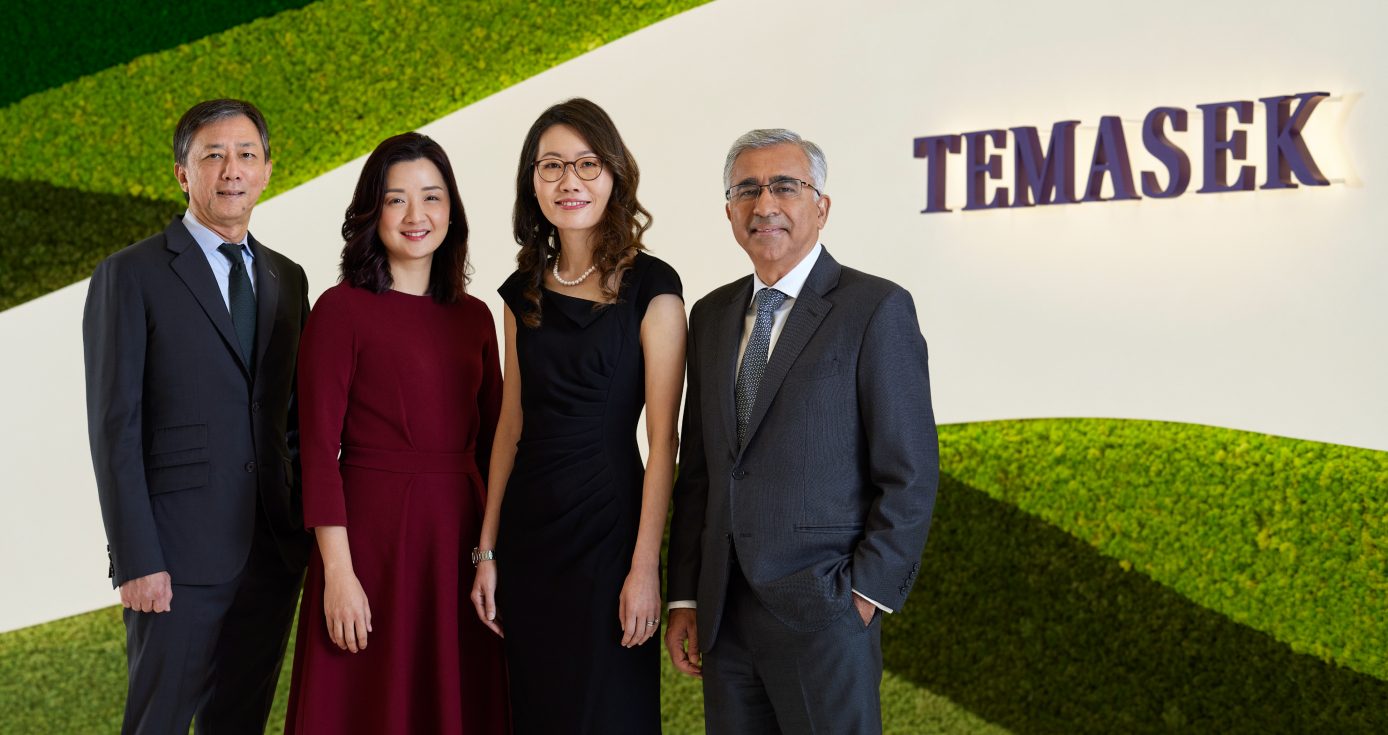Singapore state investor Temasek has cautioned of imminent risks across Southeast Asia as a looming tariff deadline threatens to disrupt trade flows and geopolitical issues linger.
“The near-term economic outlook for Southeast Asia is clouded by some uncertainties around trade negotiations with the US and complex domestic and international issues faced by the respective governments,” said Temasek executive Ming Pey Lim on Tuesday. “This is especially so for export-oriented markets like Vietnam, Malaysia, and Thailand.”
Reciprocal tariffs on SE Asia
| Country | Tariff (%) |
|---|---|
| Myanmar | 40 |
| Laos | 40 |
| Malaysia | 25 |
| Indonesia | 32 |
| Cambodia | 36 |
| Thailand | 36 |
The prediction comes as President Trump’s August 1 tariff deadline fast approaches, leaving Southeast Asian exporters bracing for sweeping duties of up to 40% that risk derailing regional trade flows. Indonesia and Thailand have already been slapped with tariffs of 32% and 36%, respectively, despite scrambling to offer last-minute concessions such as major commodity and aircraft purchase deals, while Indonesia alone pledged as much as $34 billion in additional imports to stave off harsher penalties.
Businesses like palm oil production in Indonesia and rice exports in Thailand are set to face significant disruptions as governments race to negotiate relief ahead of next month. This leaves Vietnam the only country that has clinched a partial relief from the reciprocal tariff strategy with a trade deal that limits its charges to a 20% levy on most exports and a steep 40% tariff only on suspected transshipped goods of Chinese origin.
“A weakening dollar, however, could offer some reprieve and allow the region’s central banks to ease policy and support domestic growth,” Lim added.
Temasek, however, expects a limited direct impact from the tariffs in its underlying portfolios, according to its chief investment officer Rohit Sipahimalani. “We’ve been focused on domestic consumer businesses and healthcare services in Southeast Asia,” he said, mentioning its stake purchase of Siloam Hospitals in Indonesia alongside CVC and other thematic bets in the so-called ‘internet economy’ segment.
Over the years, the Singaporean investor has been focusing on domestic opportunities rather than cross-border investments that could offer resilience amid geopolitical uncertainties, making the portfolios almost undeterred by the headwinds, said Song Hwee Chia, Deputy Chief Executive Officer of Temasek International.
“We really have few or none of our portfolio companies involved in China that rely on exports, or in the US that rely on imports,” Chia said, adding that Singapore-headquartered businesses, such as PSA International, even stood to gain from intra trade in Asia that has gone up in recent times thanks to its diversified locations around the world.
Besides homegrown subsidiaries such as Singapore Airlines and DBS that account for 27% of its geographical exposure, Southeast Asia takes up a small portion of its portfolio among the 11% exposure in the Asia-Pacific region, excluding China (18%) and India (8%), while the second-largest exposure is in the Americas (24%).
Temasek’s investments by geography (%)
2025 2024 2023 2022
Singapore 27 27 28 27
China 18 19 22 22
India 8 8 6 6
Asia Pacific (ex Singapore, China & India) 11 12 11 12
Americas 24 22 21 21
Europe, Middle East & Africa 12 13 12 12
While Lim expected the city-state’s economic outlook to be under pressure this year due to global policy uncertainties, especially with the ongoing tariff tensions, she remains confident that “Singapore has ample fiscal and monetary policy levers that can be pulled in the event of a more challenging growth backdrop.”
Performance review
The state-owned investor reported a total shareholder return of 11.8% for the fiscal year ended March 31, reaching the double-digit range for the first time since the 2021 bubble of frenzied investor optimism and record-high valuations.
One-year returns
Temasek’s 20-year and 10-year total shareholder returns remained stable at 7% and 5%, respectively, long-term metrics that it said are “more indicative of our performance,” instead of the year-on-year results.
In the same period, Temasek made a net investment of S$10 billion, the same level as about four years ago. It invested S$52 billion during the period and divested S$42 billion.

The firm’s net portfolio value reached a record high of S$434 billion as of March 31, 2025, up S$45 billion from the previous year, thanks to the performance of its publicly-listed Singapore subsidiaries and direct investments in China, the US, and India. Keppel’s divestment of its offshore and marine business to focus on asset management was among the contributing factors.

Singapore-based companies accounted for 41% of Temasek’s portfolio, while global direct investments stood at 36% and partnerships, fund investments, and asset management companies at 23%, making this an approximate 40-40-20 split that it is set to maintain in the next few years.
Portfolio construction

The percentage of its investments in unlisted assets slightly dipped to 49% from 52% in the financial period. Temasek added that its net portfolio value would have been S$469 billion if the segment was valued based on a mark-to-market basis.
Sipahimalani, nevertheless, explained that this depends on whether the public markets perform well and if the private markets have fewer exits in each year.
“It’s just a relative shift. Don’t read too much into it,” Chia downplayed it.



